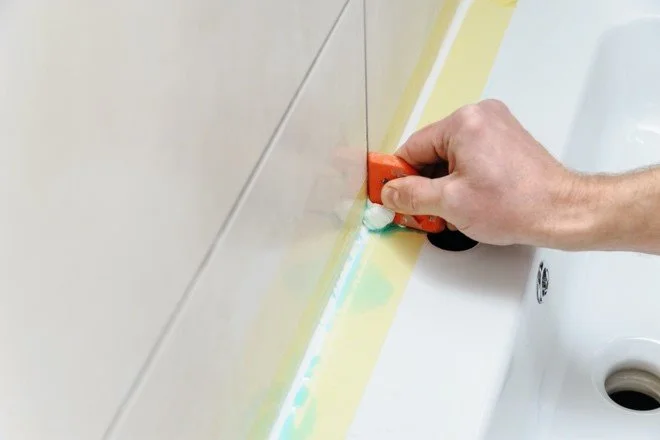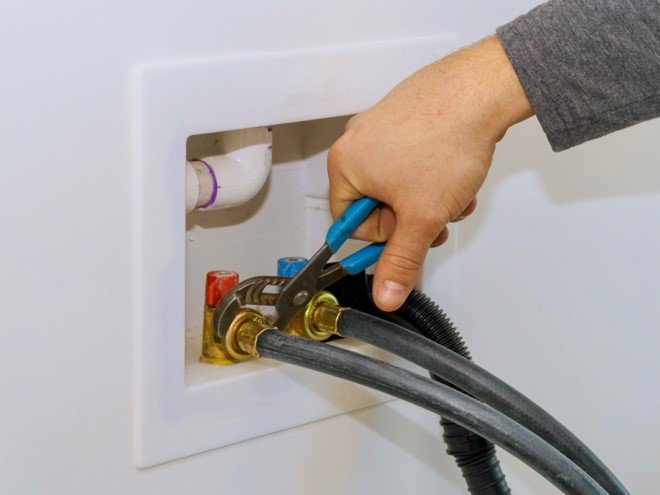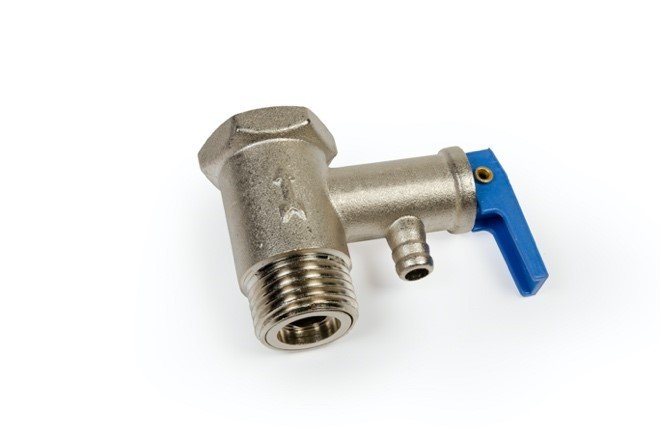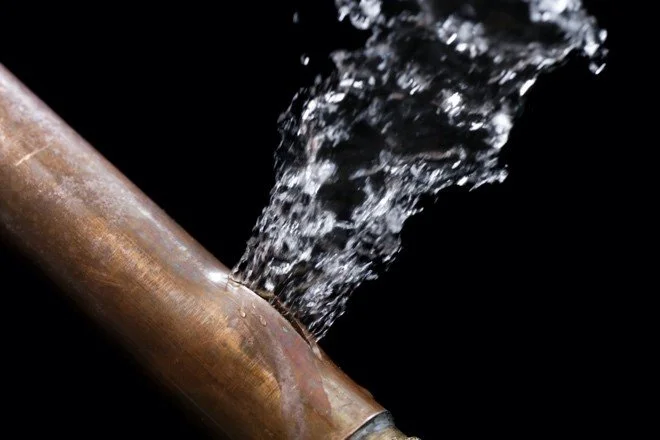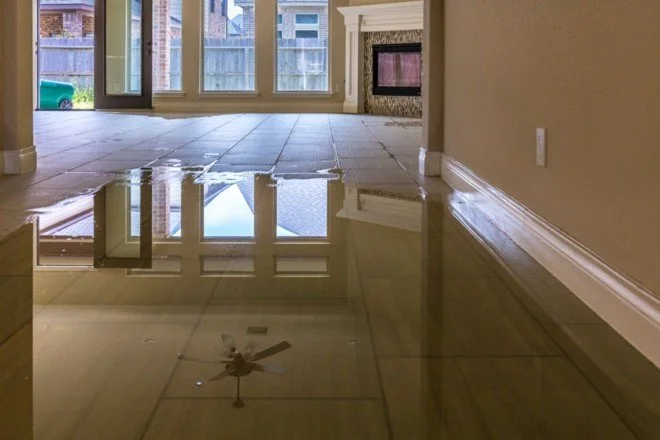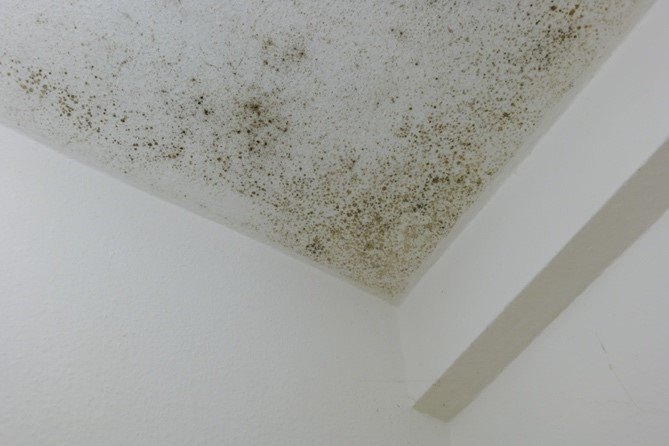Having a home inspection performed on your home, whether it is a pre-listing inspection or a buyer’s inspection, can be a stressful time for a homeowner. We get it… “Someone is going to be going through my house and picking it apart.” That’s not it. Our job is to simply provide an objective assessment of the condition of the home on the day of the inspection.
Home Inspection
However, there are other ways to look at it.
As a homeowner, if you are doing a pre-listing inspection, we are trying to put you in control by providing you a list of items you may want to take care of before listing the home. We’re not there to call your baby ugly; we’re there to help you get your home in tip-top shape. This allows you to take care of things when and how you want.
Of course, some things may seem picky, but you probably want to make sure that everything is corrected. The point is, you may be able to fix that leaky toilet valve or replace a defective GFCI on your own terms. A potential buyer may request that a plumber or an electrician perform these maintenance issues, which will cost you much more. Of course, if any of these tasks are outside your skill set or comfort zone, it’s always best to hire a professional.
Preparation for a Home Inspection
Preparing for a home inspection from a home inspector’s point of view means making sure that everything is accessible. If we can’t get at it or operate it, we can’t fully inspect it. The following is a list of things you can do as the home seller that can help make the inspection process go more smoothly and be completed without having to make a second trip. Second trips cause delays, add costs, and create inconvenience for everyone involved.
First and foremost, make sure all the utilities are turned on.
Electricity, gas, and water should be turned on and operating for the home inspection. Without utilities, there are a lot of aspects to the home inspection that we just can’t address. This seems like it should be common sense, but we run into it often enough that it’s worth mentioning.
Our Standards of Practice state that we are not required to, nor should we, turn on any utility or light pilot. The last thing we want is for something to flood or explode; it may be shut off for a reason. If we are granted permission by a homeowner to turn on a valve and/or light a pilot, we will do so.
If the utilities are not on, we have to disclose what we were not able to fully inspect and recommend that the appliance or system be inspected by a qualified professional after the utility has been restored.
Gas pilots need to be lit. Most newer gas appliances have electronic ignitions, while older ones have standing pilots that have to be manually lit. This can also be the case for some newer appliances. In order for us to test the functionality of a gas appliance, we need to see it in operation.
The most common appliances that are not lit are gas fireplaces, water heaters, and garage furnaces. Homeowners tend to shut off gas fireplaces and garage furnaces in the spring. Water heaters are commonly shut off in vacant homes.
The electrical panel is hidden behind the ladder
Access
There are a lot of places a home inspector needs to access to do their job—places most people don’t even think about. The following is a list of common areas where we may have difficulty finding easy access or may encounter stored items. I’ve also included some interesting encounters I’ve had while performing home inspections.
Attic(s): Attics are the most common area that we have trouble accessing. If the access is sealed, it has to be cut open. Although the Purchase Agreement has a statement allowing us to cut the access panel open, people forget and get upset when we cut holes in their home. Making sure that we have permission and access is a big help for us. If given permission, we will cut the access panels open.
Garage: Detached garages need to be accessed during an inspection. Please remember that we will need a key or garage door opener.
Electrical Panel(s): Home inspectors have to be able to safely remove the front cover of the access panel. Please make sure that there are no personal items stacked in front of the panel. This may include cabinets, shelves, and hanging pictures.
Crawl Space: If your home has an access panel to the crawl space, please make sure we have clear access to it and that it is not locked. Sometimes we come across access panels that are sealed and nailed shut. If this is the case, we will not be able to inspect the crawl space.
Furnace and Water Heater: Please make sure there is clear access for the home inspector. We need to be able to remove access panels to inspect these appliances.
Blinds and Window Coverings: To help the home inspector, please open all blinds, drapes, and curtains. Although it’s an exceptionally rare event, it is possible for window coverings to become damaged during a home inspection. They can also take a lot of time to open and close during the course of the home inspection.
Appliances Are Plugged In: If an appliance is functional, it should be plugged in. If a stove, refrigerator, or dish washer is unplugged, we will assume it is unplugged for a reason.
Pets: Please secure your pets. More than once, I’ve had a cat scoot out the door as I was entering a home, garage, or crawl space. One time I had a pit bull freak out when I turned on my flashlight to look under a kitchen cabinet. Luckily, the homeowner was there to grab the dog before it came after me. Apparently, he was a rescue pet with some past flashlight issues. Another time, when I was inspecting a home on a farm, the homeowners had “free-range” chickens. The chickens followed me around and were underfoot the entire time I was inspecting the exterior of the home. I guess they thought I had food for them!
Summary
A home inspection can be stressful for both the buyer and seller of a home. Taking some time to prepare the home for a home inspection can help the home inspector do their job more thoroughly and efficiently.
At HomePro Inspections, our home inspectors are trained to inspect all areas of the home. Having proper access will help your home inspector perform their job efficiently and thoroughly. Any issues found are documented in your home inspection report and recommended for resolution by a qualified professional.
Visit our website to learn more or to schedule your home inspection in the Rochester, Owatonna, and Faribault, MN areas. You can contact us today at (507) 202-8942 or utilize our online “Schedule Now” feature to set up an appointment.









